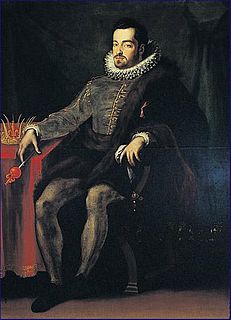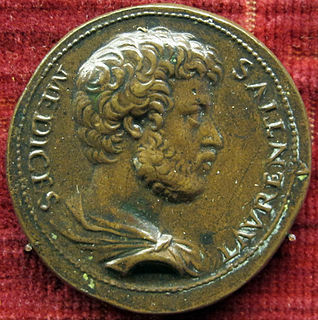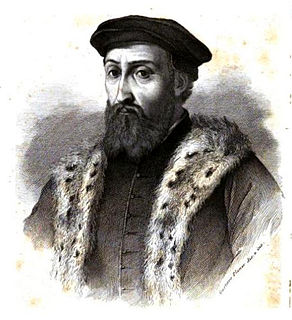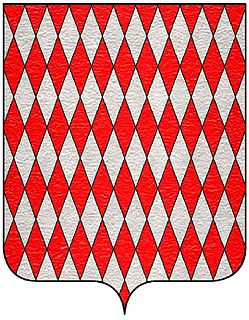
Lorenzo de' Medici was an Italian statesman, de facto ruler of the Florentine Republic and the most powerful and enthusiastic patron of Renaissance culture in Italy. Also known as Lorenzo the Magnificent by contemporary Florentines, he was a magnate, diplomat, politician and patron of scholars, artists, and poets. As a patron, he is best known for his sponsorship of artists such as Botticelli and Michelangelo. He held the balance of power within the Italic League, an alliance of states that stabilized political conditions on the Italian peninsula for decades, and his life coincided with the mature phase of the Italian Renaissance and the Golden Age of Florence. On the foreign policy front, Lorenzo manifested a clear plan to stem the territorial ambitions of Pope Sixtus IV, in the name of the balance of the Italian League of 1454. For these reasons, Lorenzo was the subject of the Pazzi conspiracy (1478), in which his brother Giuliano was assassinated. The Peace of Lodi of 1454 that he helped maintain among the various Italian states collapsed with his death. He is buried in the Medici Chapel in Florence.

The House of Medici was an Italian banking family and political dynasty that first began to gather prominence under Cosimo de' Medici in the Republic of Florence during the first half of the 15th century. The family originated in the Mugello region of Tuscany, and prospered gradually until it was able to fund the Medici Bank. This bank was the largest in Europe during the 15th century, and it facilitated the Medici’s rise to political power in Florence, although they officially remained citizens rather than monarchs until the 16th century.

Cosimo I de' Medici was the second Duke of Florence from 1537 until 1569, when he became the first Grand Duke of Tuscany, a title he held until his death.

The Republic of Florence, officially the Florentine Republic, was a medieval and early modern state that was centered on the Italian city of Florence in Tuscany. The republic originated in 1115, when the Florentine people rebelled against the Margraviate of Tuscany upon the death of Matilda of Tuscany, who controlled vast territories that included Florence. The Florentines formed a commune in her successors' place. The republic was ruled by a council known as the Signoria of Florence. The signoria was chosen by the gonfaloniere, who was elected every two months by Florentine guild members.

Alessandro de' Medici, nicknamed "il Moro" due to his dark complexion, Duke of Penne and the first Duke of the Florentine Republic, was ruler of Florence from 1530 to his death in 1537. The first Medici to rule Florence as a hereditary monarch, Alessandro was also the last Medici from the senior line of the family to lead the city. His assassination at the hands of a distant cousin, Lorenzaccio, caused the title of Duke to pass to Cosimo I de Medici, from the family's junior branch.
Tuscany is named after its pre-Roman inhabitants, the Etruscans. It was ruled by Rome for many centuries. In the Middle Ages, it saw many invasions, but in the Renaissance period it helped lead Europe back to civilization. Later, it settled down as a grand duchy. It was conquered by Napoleonic France in the late 18th century and became part of the Italian Republic in the 19th century.

The Grand Duchy of Tuscany was a central Italian monarchy that existed, with interruptions, from 1569 to 1859, replacing the Republic of Florence. The grand duchy's capital was Florence. In the 19th century the population of the Grand Duchy was about 1,815,000 inhabitants.

Francesco Guicciardini was an Italian historian and statesman. A friend and critic of Niccolò Machiavelli, he is considered one of the major political writers of the Italian Renaissance. In his masterpiece, The History of Italy, Guicciardini paved the way for a new style in historiography with his use of government sources to support arguments and the realistic analysis of the people and events of his time.

Cosimo III de' Medici was the penultimate (sixth) Medici Grand Duke of Tuscany. He reigned from 1670 to 1723, and was the elder son of Grand Duke Ferdinando II. Cosimo's 53-year-long reign, the longest in Tuscan history, was marked by a series of ultra-reactionary laws which regulated prostitution and banned May celebrations. His reign also witnessed Tuscany's deterioration to previously unknown economic lows. He was succeeded by his elder surviving son, Gian Gastone, when he died, in 1723.

Ferdinando I de' Medici, Grand Duke of Tuscany was Grand Duke of Tuscany from 1587 to 1609, having succeeded his older brother Francesco I.

Virginia de' Medici was an Italian princess, a member of the House of Medici and by marriage Duchess of Modena and Reggio.

Eleanor of Toledo, born Doña Leonor Álvarez de Toledo y Osorio, was a Spanish noblewoman and Duchess of Florence as the first wife of Cosimo I de' Medici. A keen businesswoman, she financed many of her husband's political campaigns and important buildings like the Pitti Palace. She ruled as regent of Florence during his frequent absences and founded many Jesuit churches. She is credited with being the first modern first lady or consort.

The Duchy of Florence was an Italian principality that was centred on the city of Florence, in Tuscany, Italy. The duchy was founded after Emperor Charles V restored Medici rule to Florence in 1530. Pope Clement VII, himself a Medici, appointed his relative Alessandro de' Medici as Duke of the Florentine Republic, thereby transforming the Republic of Florence into a hereditary monarchy.

Lorenzino de' Medici, also known as Lorenzaccio, was an Italian politician, writer and dramatist, and a member of the Medici family. He became famous for the assassination of his cousin, Alessandro de' Medici, Duke of Florence in 1537. He was in turn murdered in 1548 in retaliation for his deed.

Filippo Strozzi the Younger was a Florentine banker, and the most famous member of the Strozzi family in the Renaissance. He is best remembered as a tragic hero and defender of the lost Florentine republic against the Medici dukes – yet this is almost entirely a nineteenth-century fiction of nationalist historians and dramatists. He had been one of the staunchest supporters of the Medici in Florence and Rome.

The Order of Saint Stephen is a Roman Catholic Tuscan dynastic military order founded in 1561. The order was created by Cosimo I de' Medici, first Grand Duke of Tuscany. The last member of the Medici dynasty to be a leader of the order was Gian Gastone de Medici in 1737. The order was permanently abolished in 1859 by the annexation of Tuscany to the Kingdom of Sardinia. The former Kingdom of Italy and the current Italian Republic also did not recognize the order as a legal entity but tolerates it as a private body.

The Grand Ducal Crown of Tuscany was a ducal crown created by the Medicean Grand Dukes of Tuscany.

Bindo Altoviti (1491-1557) of the House of Altoviti was an italian banker and one of the most influential papal bankers of his generation. A patron of the arts, he cultivated close friendships with artists such as Cellini, Raphael, Michelangelo and Vasari.

The Appiani is an Italian noble family, originally from Al Piano or Appiano, a now disappeared toponym identified with the modern La Pieve in the comune of Ponsacco. They held the principality of Piombino from the early 15th century until 1628.
Antonio Altoviti was an Italian Catholic archbishop, son of Bindo Altoviti and archbishop of Florence from 1548 to 1573.




















